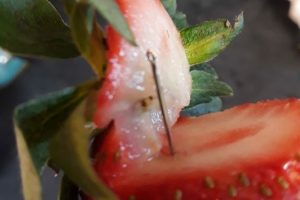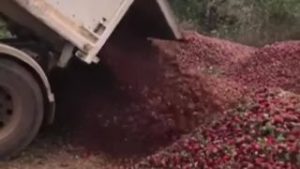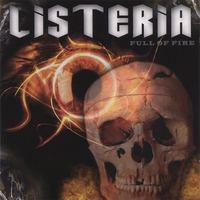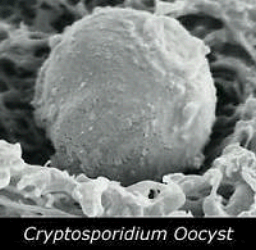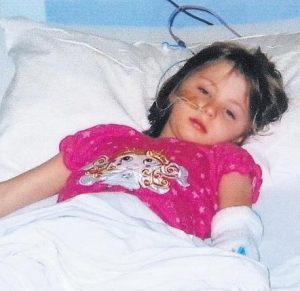(thanks to the avid barfblog.com reader who forwarded this)
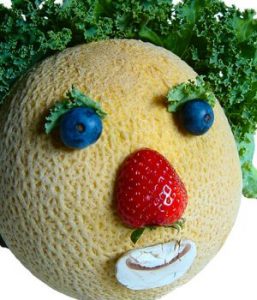 An investigation into a series of deaths linked to listeria on rockmelons has concluded the contaminated fruit came from a single farm in New South Wales, and the outbreak was largely caused by the weather.
An investigation into a series of deaths linked to listeria on rockmelons has concluded the contaminated fruit came from a single farm in New South Wales, and the outbreak was largely caused by the weather.
Between January 16 and April 10, 22 cases of listeriosis occurred across New South Wales, Victoria, Queensland and Tasmania, which led to seven deaths and a miscarriage.
Key points:
The investigation found the farm that was the source of the outbreak had hygiene and sanitary procedures on par with or better than most rockmelon-growing operations
Dust storms that covered the farm’s paddocks significantly increased the amount of listeria on the fruit
There were other peripheral issues found in the packing facility that were not considered to be major underlying causes
A report released on Thursday by the NSW Department of Primary Industries confirmed those cases were all linked to consumption of rockmelon packed at Rombola Family Farms in Nericon, NSW.
The report said the farm’s hygiene and sanitary procedures were “on par with or better than most other rockmelon-growing operations across Australia”.
Despite this, heavy rains in December and dust storms that followed covered the farm’s paddocks in dust, and “significantly increased” the amount of listeria on the fruit.
Rockmelons on the farm were washed in a chlorine solution and scrubbed prior to packing.
“The wash water was not recirculated, sanitiser was constantly monitored and applied through an auto-dosing system, and all water coming into the facility was treated and considered potable,” the report said.
“The netted skin of rockmelons makes this fruit particularly hard to clean and sanitise.”
The report said there were other peripheral issues noted in the packing facility during the investigation.
These included some dirty fans that were used to reduce the level of moisture on melons after washing, and some spongy material on packing tables that was not able to be easily cleaned.
These may have been contributing factors to the outbreak but were not considered to be the major underlying causes.
The report said the outbreak highlighted the need for better control measures and awareness of external threats to food safety in the rockmelon indstury.
As more cases of listeriosis emerged, sales of rockmelon plummeted and failed to recover.
Many rockmelon growers called for the farm that was the source of the outbreak to be named, in order to reassure the public that the fruit was safe to eat.



